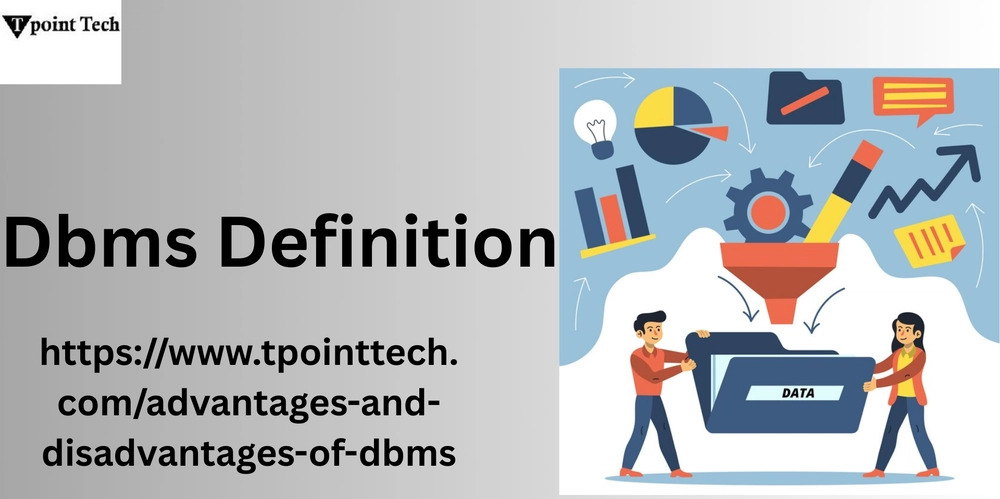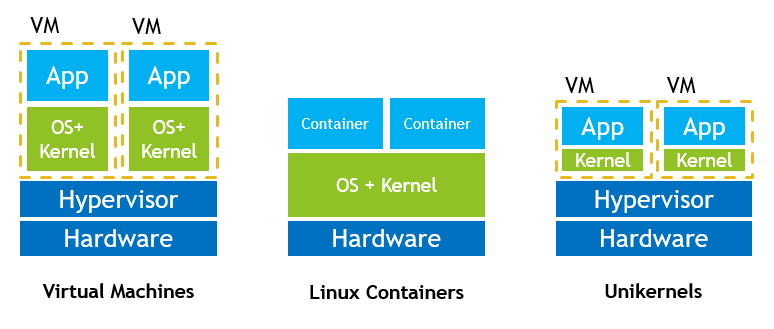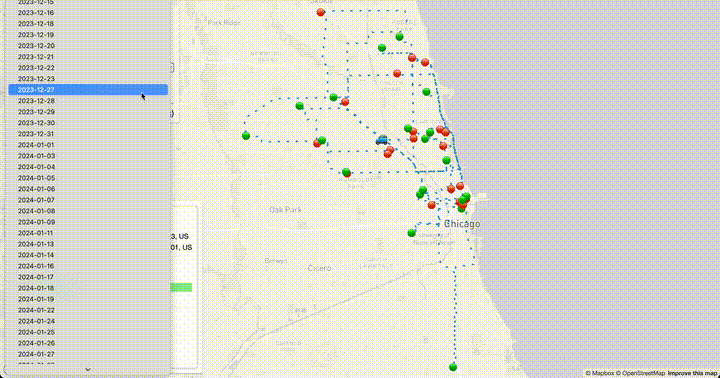Dbms Definition
In our increasingly digital world, the sheer volume of data generated daily is staggering. From the mundane details of our online purchases to the complex datasets driving scientific discoveries, information is constantly being created and collected. Navigating this vast ocean of data effectively requires sophisticated tools and systems. At the heart of this endeavor lies the Database Management System, or DBMS. Understanding the DBMS definition is the first step towards appreciating its crucial role in modern computing and information management. So, what exactly is a DBMS? At its core, a DBMS definition describes a software system designed to manage, store, retrieve, and organize data efficiently and securely. Think of it as a digital filing cabinet, but one with advanced capabilities for structuring information, preventing errors, controlling access, and enabling powerful analysis. Unlike simple file systems where data is often scattered and difficult to manage consistently, a DBMS provides a structured environment for data storage and manipulation. To truly grasp the DBMS definition, it's helpful to break down its key functionalities. Firstly, a DBMS provides a structured way to define and organize data. This involves creating schemas, which are blueprints that specify the logical structure of the database, including tables, fields, relationships between data elements, and constraints. This structured approach ensures data consistency and makes it easier to understand and work with the information. Imagine organizing a library – the DBMS helps define categories, identify books by ISBN, author, and title, and establish relationships between different pieces of information. Secondly, a DBMS offers powerful data manipulation capabilities. Through query languages like SQL (Structured Query Language), users can interact with the database to insert new data, delete existing data, update records, and, most importantly, retrieve specific information based on defined criteria. This ability to efficiently access and modify data is fundamental to countless applications, from e-commerce platforms fetching product details to banking systems processing transactions. Furthermore, a crucial aspect of the DBMS definition involves ensuring data integrity and consistency. DBMS systems often incorporate mechanisms to enforce rules and constraints on the data, preventing invalid or contradictory entries. For example, a DBMS can ensure that a customer's email address is in the correct format or that a product ID is unique. These integrity checks are vital for maintaining the accuracy and reliability of the stored information. Another key component of the DBMS definition is data security and access control. A DBMS allows administrators to define user roles and permissions, controlling who can access which parts of the database and what actions they are allowed to perform. This is essential for protecting sensitive information and ensuring that only authorized individuals can view or modify critical data. Think of a hospital database where patient records are highly confidential and access is strictly controlled based on medical roles. Beyond these core functionalities, a comprehensive DBMS definition also encompasses features like concurrency control, which manages simultaneous access to the database by multiple users without compromising data integrity. It also includes backup and recovery mechanisms to safeguard against data loss due to system failures or other unforeseen events. These features ensure the reliability and availability of the data, crucial for business continuity. In essence, a DBMS acts as an intermediary between applications and the physical data files. It provides an abstract view of the data, shielding users from the complexities of underlying storage structures. This abstraction simplifies application development and allows for greater data independence, meaning that changes to the physical storage do not necessarily require modifications to the applications that access the data. From simple desktop databases to complex enterprise-level systems managing terabytes of information, the principles behind the DBMS definition remain consistent. They are the foundational technology that enables us to effectively manage, organize, and leverage the vast amounts of data that power our modern world. Understanding what a DBMS is and what it does is therefore essential for anyone working with or relying on digital information in any capacity. It's the engine that drives data-driven insights and fuels countless applications we use every day.

In our increasingly digital world, the sheer volume of data generated daily is staggering. From the mundane details of our online purchases to the complex datasets driving scientific discoveries, information is constantly being created and collected. Navigating this vast ocean of data effectively requires sophisticated tools and systems. At the heart of this endeavor lies the Database Management System, or DBMS. Understanding the DBMS definition is the first step towards appreciating its crucial role in modern computing and information management.
So, what exactly is a DBMS? At its core, a DBMS definition describes a software system designed to manage, store, retrieve, and organize data efficiently and securely. Think of it as a digital filing cabinet, but one with advanced capabilities for structuring information, preventing errors, controlling access, and enabling powerful analysis. Unlike simple file systems where data is often scattered and difficult to manage consistently, a DBMS provides a structured environment for data storage and manipulation.
To truly grasp the DBMS definition, it's helpful to break down its key functionalities. Firstly, a DBMS provides a structured way to define and organize data. This involves creating schemas, which are blueprints that specify the logical structure of the database, including tables, fields, relationships between data elements, and constraints. This structured approach ensures data consistency and makes it easier to understand and work with the information. Imagine organizing a library – the DBMS helps define categories, identify books by ISBN, author, and title, and establish relationships between different pieces of information.
Secondly, a DBMS offers powerful data manipulation capabilities. Through query languages like SQL (Structured Query Language), users can interact with the database to insert new data, delete existing data, update records, and, most importantly, retrieve specific information based on defined criteria. This ability to efficiently access and modify data is fundamental to countless applications, from e-commerce platforms fetching product details to banking systems processing transactions.
Furthermore, a crucial aspect of the DBMS definition involves ensuring data integrity and consistency. DBMS systems often incorporate mechanisms to enforce rules and constraints on the data, preventing invalid or contradictory entries. For example, a DBMS can ensure that a customer's email address is in the correct format or that a product ID is unique. These integrity checks are vital for maintaining the accuracy and reliability of the stored information.
Another key component of the DBMS definition is data security and access control. A DBMS allows administrators to define user roles and permissions, controlling who can access which parts of the database and what actions they are allowed to perform. This is essential for protecting sensitive information and ensuring that only authorized individuals can view or modify critical data. Think of a hospital database where patient records are highly confidential and access is strictly controlled based on medical roles.
Beyond these core functionalities, a comprehensive DBMS definition also encompasses features like concurrency control, which manages simultaneous access to the database by multiple users without compromising data integrity. It also includes backup and recovery mechanisms to safeguard against data loss due to system failures or other unforeseen events. These features ensure the reliability and availability of the data, crucial for business continuity.
In essence, a DBMS acts as an intermediary between applications and the physical data files. It provides an abstract view of the data, shielding users from the complexities of underlying storage structures. This abstraction simplifies application development and allows for greater data independence, meaning that changes to the physical storage do not necessarily require modifications to the applications that access the data.
From simple desktop databases to complex enterprise-level systems managing terabytes of information, the principles behind the DBMS definition remain consistent. They are the foundational technology that enables us to effectively manage, organize, and leverage the vast amounts of data that power our modern world. Understanding what a DBMS is and what it does is therefore essential for anyone working with or relying on digital information in any capacity. It's the engine that drives data-driven insights and fuels countless applications we use every day.












































































































































































![[The AI Show Episode 143]: ChatGPT Revenue Surge, New AGI Timelines, Amazon’s AI Agent, Claude for Education, Model Context Protocol & LLMs Pass the Turing Test](https://www.marketingaiinstitute.com/hubfs/ep%20143%20cover.png)


























































































































![[DEALS] Microsoft Visual Studio Professional 2022 + The Premium Learn to Code Certification Bundle (97% off) & Other Deals Up To 98% Off](https://www.javacodegeeks.com/wp-content/uploads/2012/12/jcg-logo.jpg)



![From Accountant to Data Engineer with Alyson La [Podcast #168]](https://cdn.hashnode.com/res/hashnode/image/upload/v1744420903260/fae4b593-d653-41eb-b70b-031591aa2f35.png?#)







































































































.png?#)













































































































































![iPadOS 19 Will Be More Like macOS [Gurman]](https://www.iclarified.com/images/news/97001/97001/97001-640.jpg)
![Apple TV+ Summer Preview 2025 [Video]](https://www.iclarified.com/images/news/96999/96999/96999-640.jpg)
![Apple Watch SE 2 On Sale for Just $169.97 [Deal]](https://www.iclarified.com/images/news/96996/96996/96996-640.jpg)




































































































































